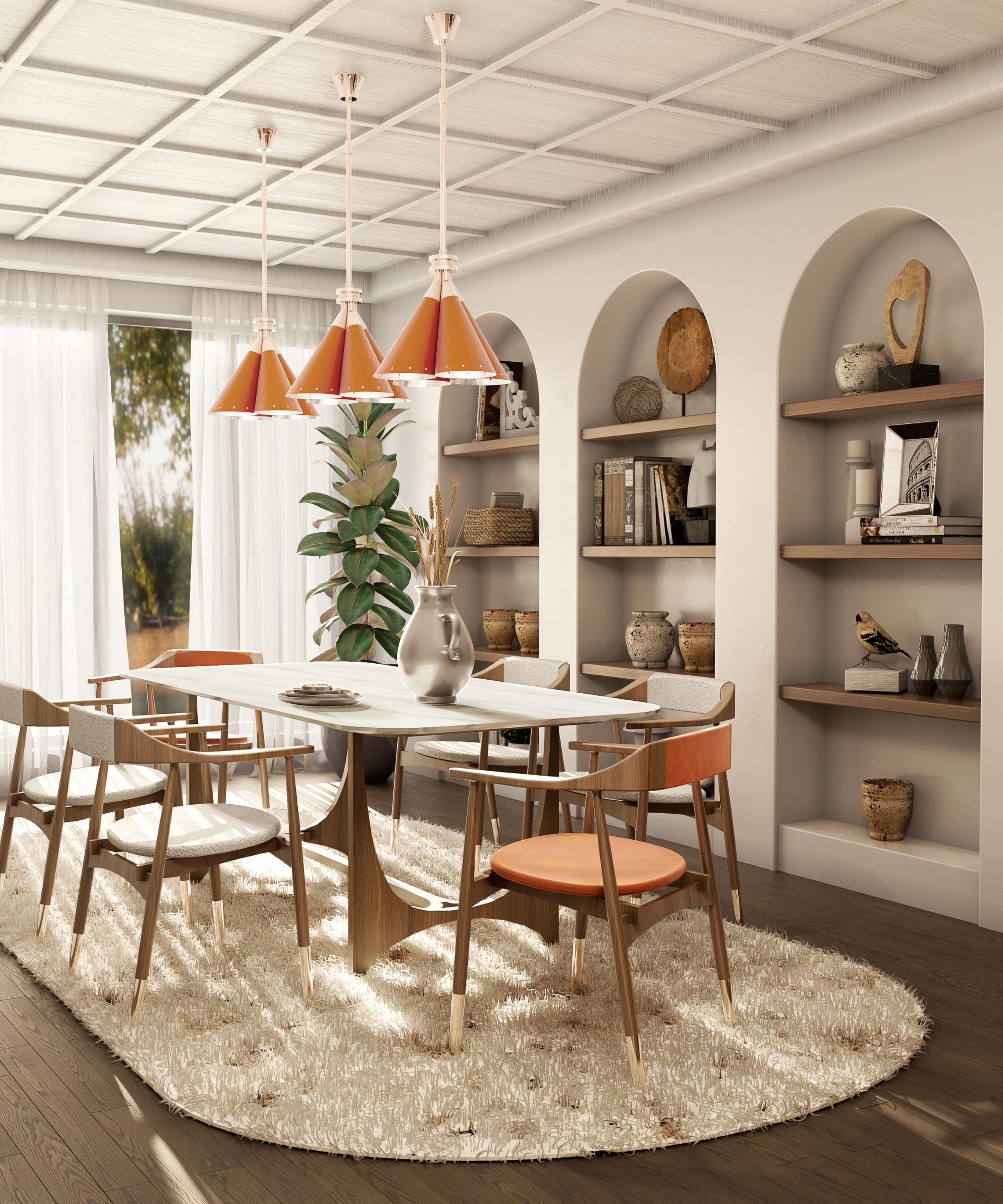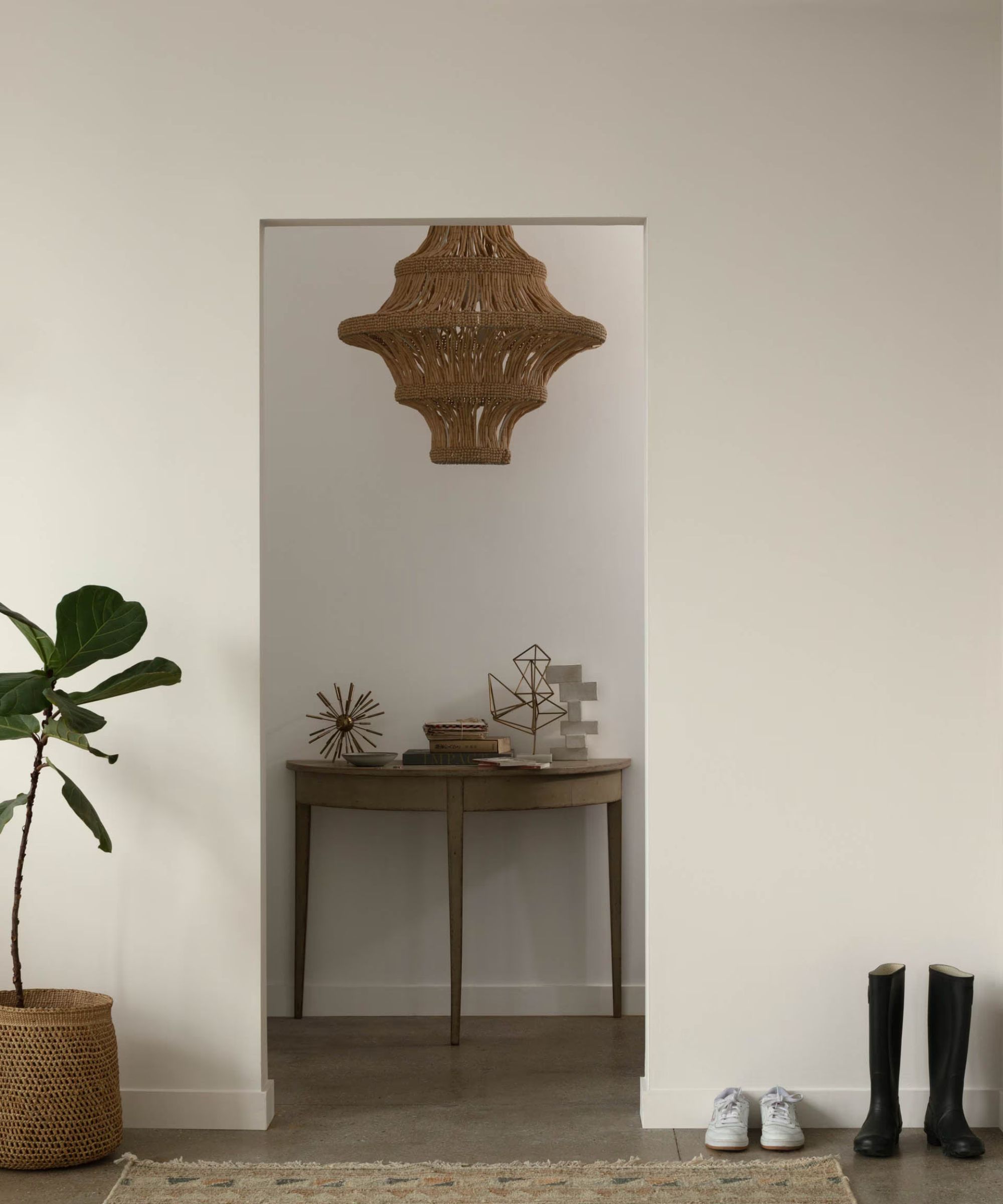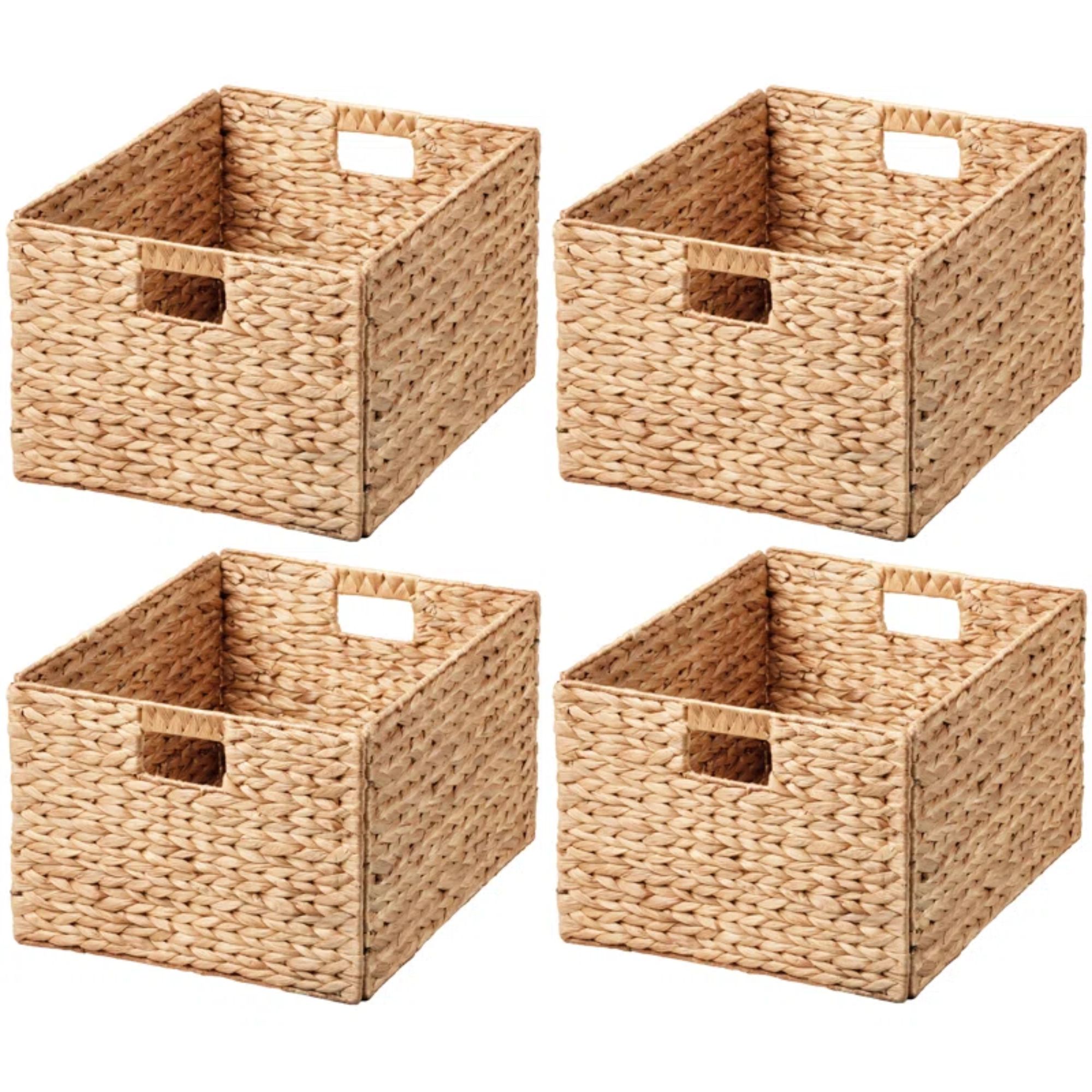I clung to sentimental items before trying the refreshing Japanese concept of 'Mottainai' to organize my living room shelves and declutter with intention
It was great for tackling items I've held on to for a long time


I have always been a sentimental person. I love objects that remind me of happy times, important people, and my hobbies and interests. It has helped me to inject personality into each of the rented spaces I have lived in.
But it has also brought with it clutter. Ticket stubs, old books, pieces my parents were decluttering – I am, in a word, a magpie. So, when I discovered the Japanese concept of Mottainai, living without waste, I knew it would help me organize my home.
More specifically, my living room shelves. This is a problem area I had never been truly happy with. The spacing is weird, and it is some of the only storage in the room. Looking to organize without spending any money, I decided to give Mottainai organizing a go.
Mottainai organizing
Mottainai is a Japanese philosophy that urges against waste. If it were an English saying, it would very roughly translate to 'waste not, want not'. It is a concept that encourages people to use everything up, recycle, and reduce waste, a little like the underconsumption trend currently sweeping social media.
There are five main principals:
- Reduce waste: Avoid overspending in the first instance.
- Reuse: Reuse items to avoid throwing them out after one use.
- Recycle: Make something new out of something old to extend its life.
- Respect: Respect items as finite resources and imbue them with meaning.
- Be mindful: Use and consume items mindfully to reduce waste.
I am currently saving up the deposit for a house of my own and working on clearing out what I no longer need and the Mottainai method aligned to finally help me get my living room shelving ideas in order.
Thinking like a professional organizer, I set myself some organizational goals for the space before I got to work sorting things I already had at home, determined to reduce waste.
Design expertise in your inbox – from inspiring decorating ideas and beautiful celebrity homes to practical gardening advice and shopping round-ups.
The goals were as follows:
- Create more practical storage for unsightly but necessary items.
- Make use of the sentimental tokens gathering dust around my house as. decor
- Do not buy anything new to achieve this.
1. Take everything off

Stock image
There was no way of decluttering without making a mess with this approach, but I made peace with that before I started. To really nail Mottainai, I would have to get creative, and that meant turning my house upside down to find the perfect items.
I cleared everything off my shelves and dusted them off using a damp duster, available at Walmart for a fresh slate.
Immediately, I noticed that there was an item that I had been debating getting rid of and replacing – my record player. I had bought it when I was at university but it later started skipping around, the lid broke off, and a needle went wonky. It has sat on the top shelf ever since, collecting dust.
I have recently been debating setting up a record table in my home office and buying a new record player to make better use of my vinyls. I had been putting it off, however, because of the costs. Entering into this challenge with the waste-not-want-not principals in mind, however, made me realize that I could probably just fix this current record player for a lot cheaper, so I popped it to one side.
We were off to a good start.
2. Sorting items

Gorgeous, clutter-free shelving
I had previously reorganized these shelves at least three times, but every time there was always something that made my shelves look cluttered and disorganized. The record player certainly played a part in this, so that was one big issue out of the way right out of the gates.
I then assessed the other items that I had taken off, grouping them into categories, a home organizing golden rule. There were a lot of sentimental books and decor pieces, but there were also a lot of practical items, such as cookbooks, my Wi-Fi router, and lingering outdoor items including sun cream hidden behind a frame, or my home security camera that I plug in when we go away.
I also gathered items from around my house that I had clung onto but shoved into corners and boxes, such as sentimental tickets from a birthday trip, cards from a holiday, old books from my time at university, old drinks glasses, a basket from a hamper my mum made up for me one Christmas, and a leaf I picked up and preserved from a hiking trip to Scotland.
All items could very easily be considered 'waste' but I had imbued with meaning – a key principle of the Mottainai concept. They were all items that, no matter how small, would cause delcutter regret if I parted with them.
With everything gathered, I started organizing.
3. Finding meaning in organizing

Beautifully organized shelving
Mottainai is more than just organizing and decluttering without throwing away. It is about making the most of everything you have in unique ways that make them meaningful. It reminds me of the Japanese art of Kintsugi, where broken belongings are made beautifulagain.
I didn't use much rhyme or reason when putting things back on the shelving besides keeping the items I use frequently towards the bottom shelves so I could grab them easily.
I used the old basket to store winter gear such as gloves and scarves as the shelves are close to my front door. This removed clutter from the cabinet and made use of a basket that was otherwise sitting empty in my office collecting dust.
I then popped the more decorative items back, framing some of the smaller sentimental tokens in a frame I had salvaged from my shed and finally repaired them (they had been sitting broken in there for the better part of six months). I even managed to fill a space with an old chessboard of my partners that is no longer used but reminds me of a key part of his personality.
The whole process really had me thinking about what I could combine and salvage from around my home to make a sentimental storage vignette. Pieces that would otherwise have been wasted, thrown out, or left to collect dust in dark corners were finally being used again in a meaningful way.
It's been a great exercise in decluttering sentimental items that are hard to let go.
Final thoughts

Minimalist spaces bring calm and serenity
Mottainai is certainly a refreshing approach to home organization. The waste not mentality is a breath of fresh air in a world of clutter chaos and over-consumption where we are more accustomed to shopping for and replacing items than getting good use out of them.
There are plenty of other ways you can use this approach around your home, too and they do not have to involve sentimental displays. Any form of organization that reduces waste can use the Mottainai concepts, such as organizing a fridge or pantry, organizing a bathroom, or even organizing a closet. Anything that makes use of old items, or makes the most of a small room or storage idea, can use Mottainai.
Mottainai is a great eco-friendly organizing tip for a more sustainable home that will have an immediate impact on your wallet and savings too. It goes to show that aesthetically organizing a home doesn't have to break the bank as social media might suggest. You can also helpfully use the Mottainai concept to easily organize chaotic clothes drawers.
If you do want to try getting rid of more, however, to reduce stress, try the Japanese Danshari decluttering technique. It helps you assess exactly what it is you really need in life to live more minimalistically, rather than reacting to clutter when it accumulates to help prevent sentimental items that are just taking up space.
Now, about fixing that record player...

Chiana has been at Homes & Gardens for two years and is our resident 'queen' of non-toxic living. She spends most of her time producing content for the Solved section of the website, helping readers get the most out of their homes through clever decluttering, cleaning, and tidying tips. She was named one of Fixr's top home improvement journalists in 2024.
